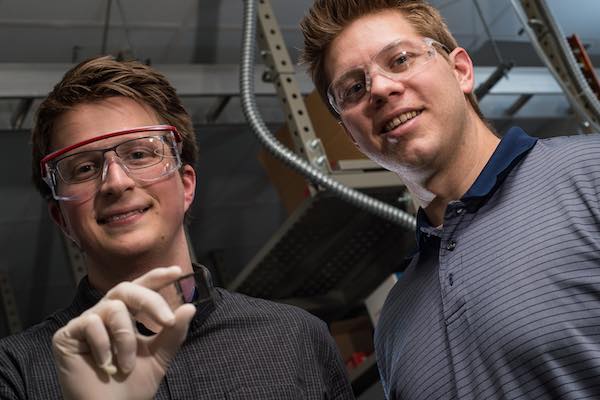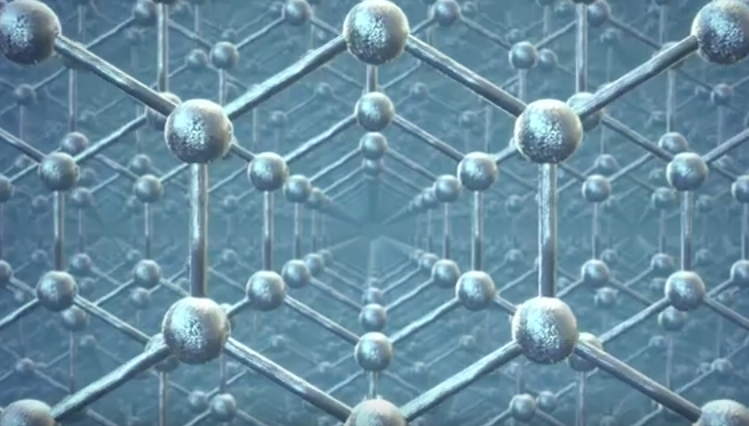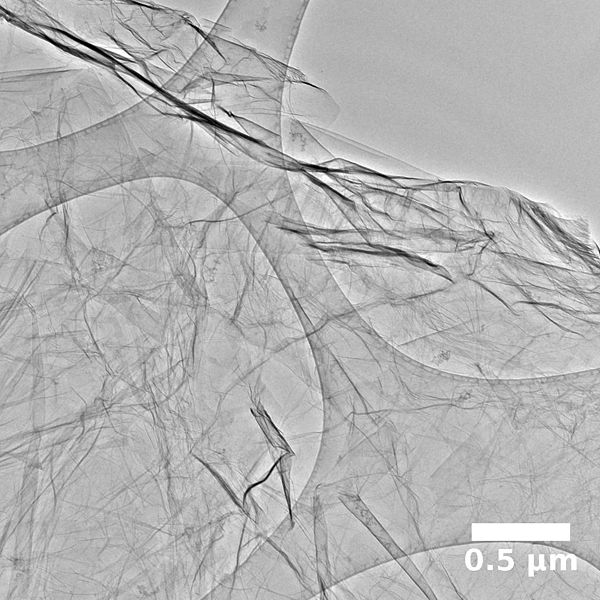Rice University researchers have developed an inexpensive electrochromic glass—by sandwiching readily available, color-changing hydrocarbon molecules in between two panes of conductive glass, the researchers have created a chameleon-like window with a wider range of color choices than ever before.
Read MoreResearchers from the Center for Multidimensional Carbon Materials at the Institute for Basic Science in South Korea say that a novel graphene coating might help solve challenges with glass corrosion.
Read MoreRice University scientists—and collaborators from the University of Tennessee, Texas A&M Engineering, and Second Baptist School—have discovered that they can use Tesla coils to direct long-range self-assembly of carbon nanotubes.
Read MoreWhile gadgets that boost smartphone battery life help widen the gap between power cord wall sits, it’s not a solution to total wireless recharging on the go. But thanks to materials science, our power chargers for smartphones and other wearable tech might be sewn right into our pants someday.
Read MoreScientists at the U.S. Department of Energy’s Brookhaven National Laboratory, Stony Brook University, and the Colleges of Nanoscale Science and Engineering at SUNY Polytechnic Institute, paired graphene with glass to create a more robust electronic material with scale-up potential—but that’s not all that graphene’s been up to.
Read MoreResearchers at the Department of Energy’s Los Alamos (N.M.) National Laboratory are developing a new sunlight harvesting technology that can turn a nearly transparent window into an electrical generator using what they call “quantum dot solar windows.”
Read MoreResearchers at National Cheng Kung University in Taiwan have developed a simple, cost-effective approach to produce graphene in a way that they say broadens the material’s potential commercial applications—they’re calling it ‘defective’ graphene.
Read MoreA team led by researchers at National Taiwan University have generated and tested a gelatin-templated mesoporous silica biomaterial that shows good biocompatibility and longer-lasting effects to ease the pain of sensitive teeth.
Read More









